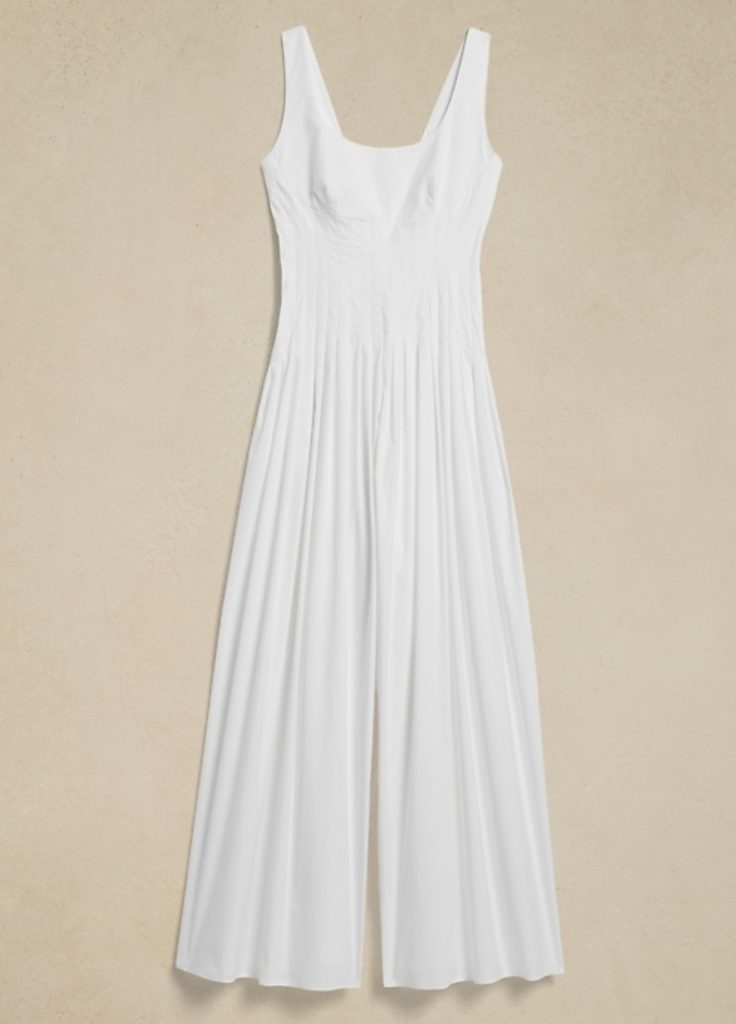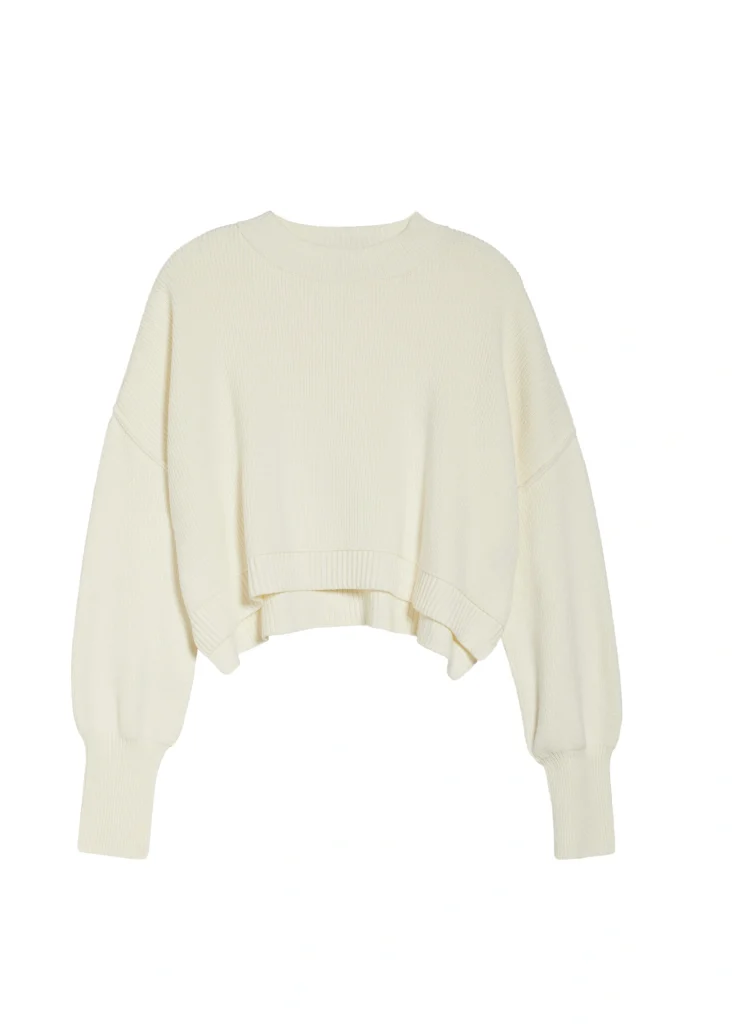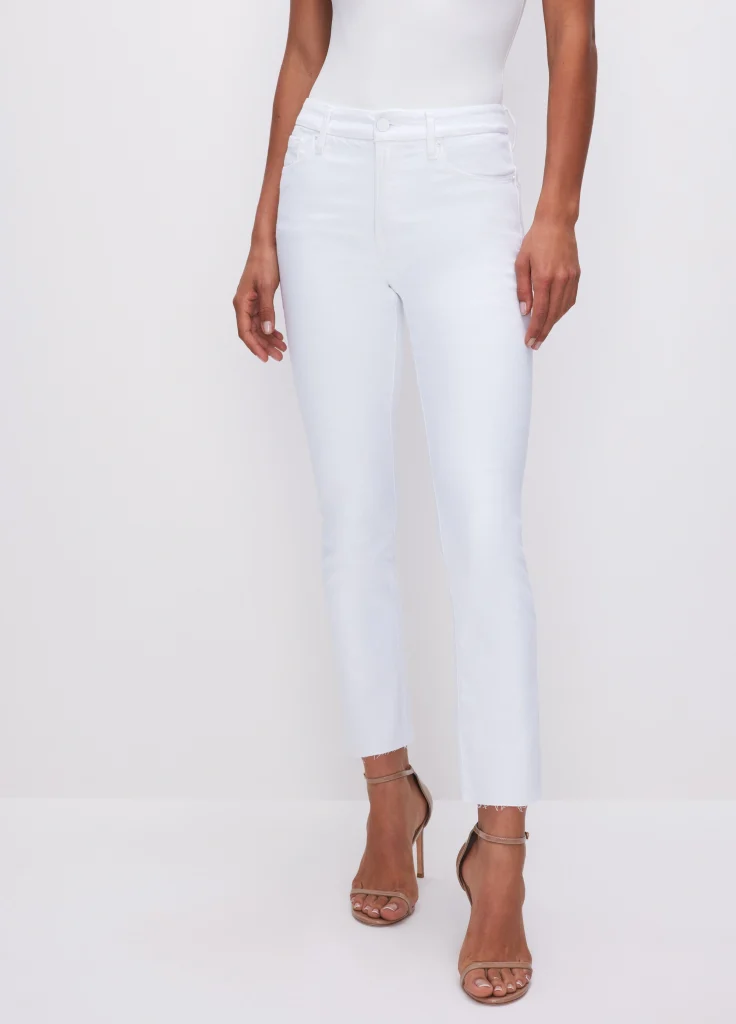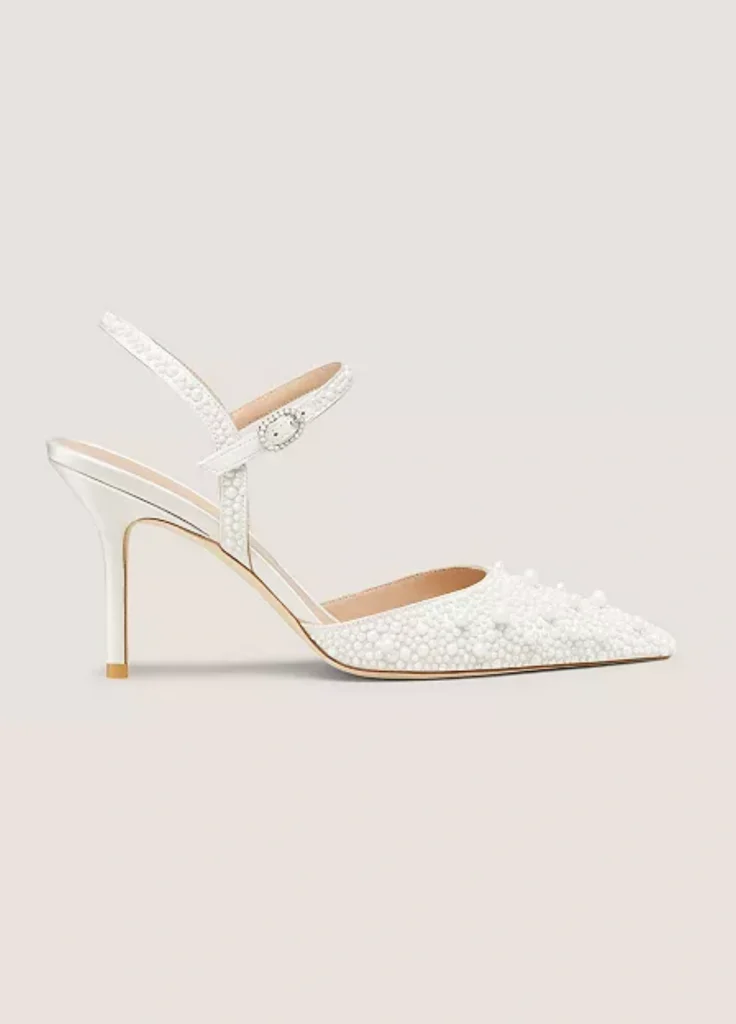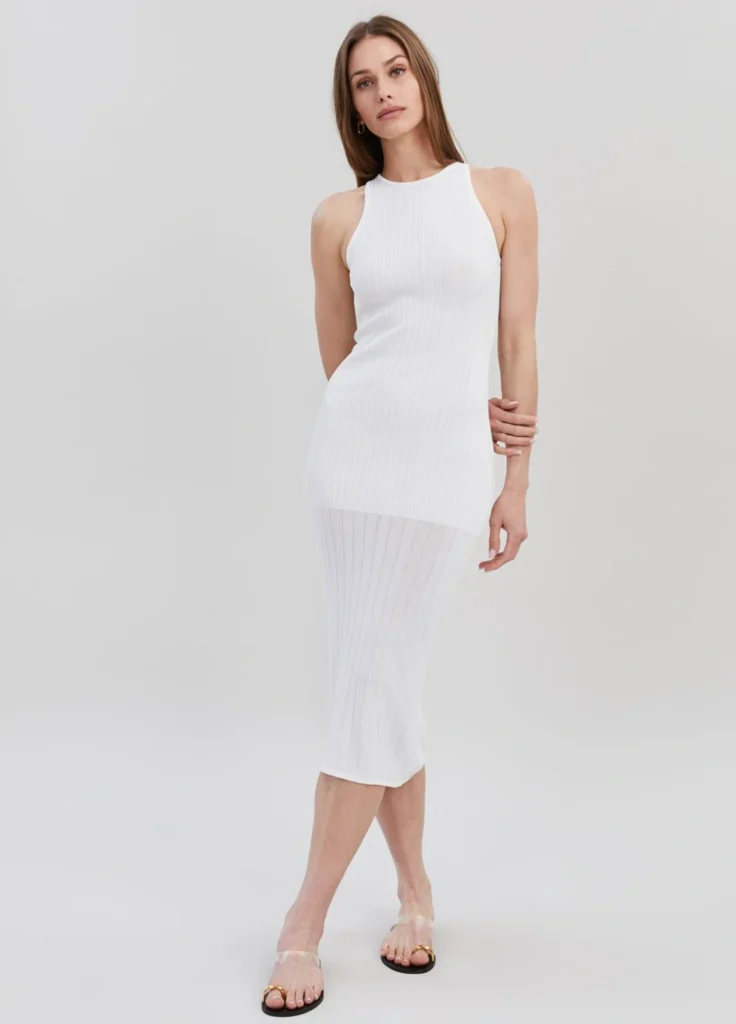The tradition of not wearing white after Labor Day is a fashion rule passed down through generations by our grandmothers, sisters, friends, and even magazines. But how true is it? Its origins can be traced back to the early 20th century, evolving over time with outfits showcasing how color works in different seasons.
So, What’s The Origin of Not Wearing White after Labor Day.
Wearing white after Labor Day was seen as a symbol of a person’s social class in the early 1900s according to the The Farmer’s Almanac. Labor Day, a federal holiday in 1894, marked the end of summer by promoting darker-hued clothing, such as navy suits and gray sweaters. This change in attire signified re-entry into the city, school, and activities. White was considered vacation attire for wealthy travelers, while city dwellers opted for darker colors.
Then before air conditioning, fashion was prioritized over functionality, leading to bright colors like white and lighter fabrics in the summer, while darker hues and heavier fabrics were exclusive to fall and winter. Wealthier individuals were more likely to wear these colors.
White clothing was also prone to hiding sweat but displayed dirt, suggesting it was not a sign of manual labor, landscaping, cooking, or cleaning. Wearing white was a subtle way to show one wasn’t involved in these activities.
Tennis also had a major role to play. In the early 19th century, tennis became a popular co-ed sport among the wealthy classes, with white uniforms being a tradition since 16th-century France. London’s Wimbledon Club made it a strict requirement in 1877, as white masks were considered unseemly. Leisure sports like cycling also gained popularity, with women adopting shirtwaist ensembles or long skirts with feminine blouses for easier movement.
Also, during pre-rail transportation in the early 20th century, New York City’s wealthy were initially hesitant to wear white clothing due to dirt, horse excrement, and rotting garbage. However, the 1910s and 1920s saw a shift in the city’s landscape with the mass production of Henry Ford’s Model T in 1908 and the expansion of rail transportation. The Sanitation Department, led by Colonel Waring, also contributed to the shift to white clothing. By the 1920s, sanitation workers wearing white uniforms, known as “White Wings,” had become commonplace believing it would keep them focused and prevent slacking off. This policy remained in effect until the 1930s.
With the rampant spread of this trend to other parts of the world, the “no white after Labor Day” rule has since been abandoned.
